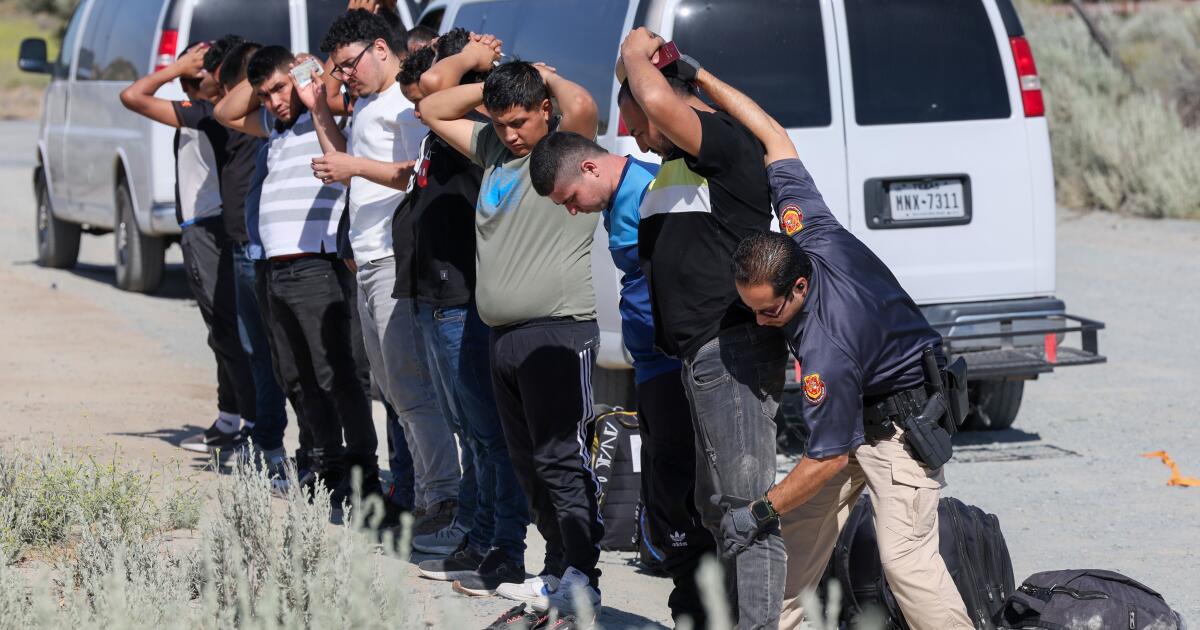WARSAW (Reuters) – Poland will reintroduce a 200-metre buffer zone at the Belarus border at the beginning of next week, Prime Minister Donald Tusk said on Wednesday, after a soldier was left fighting for his life after an attack on the frontier.
The border has been a flashpoint since migrants started flocking there in 2021, after Belarus, a close Russian ally, reportedly opened travel agencies in the Middle East to offer a new unofficial route into Europe – a move the European Union said was designed to create a crisis.
Belarus rejects the accusation that it helps to channel migrants to the Polish border.
“It was recommended to us that we should quickly restore the 200 metre buffer zone in this area where possible… we are ready to take such a decision at the beginning of next week,” Tusk told a press conference near the border.
A buffer zone which prevented members of the public and aid workers from approaching the border was initially introduced in 2021 by the previous nationalist Law and Justice party (PiS) government.
At the time human rights advocates criticised the move as they said it impeded efforts to help migrants, including women and children, trapped on the border.
In recent weeks there has been an increase in the number of migrants trying to cross illegally and border guards have reported a number of violent incidents.
On Tuesday, a Polish soldier was left in a life-threatening condition after he was stabbed through the fence on the border.
Defence Minister Wladyslaw Kosiniak-Kamysz said Poland was ready to increase the number of troops at the border from the 5,500 currently stationed there but did not say by how many.
Poland plans to spend 10 billion zlotys ($2.55 billion) on strengthening its border with Belarus.
($1 = 3.9212 zlotys)
(Reporting by Alan Charlish, Pawel Florkiewicz; Editing by Ros Russell)
